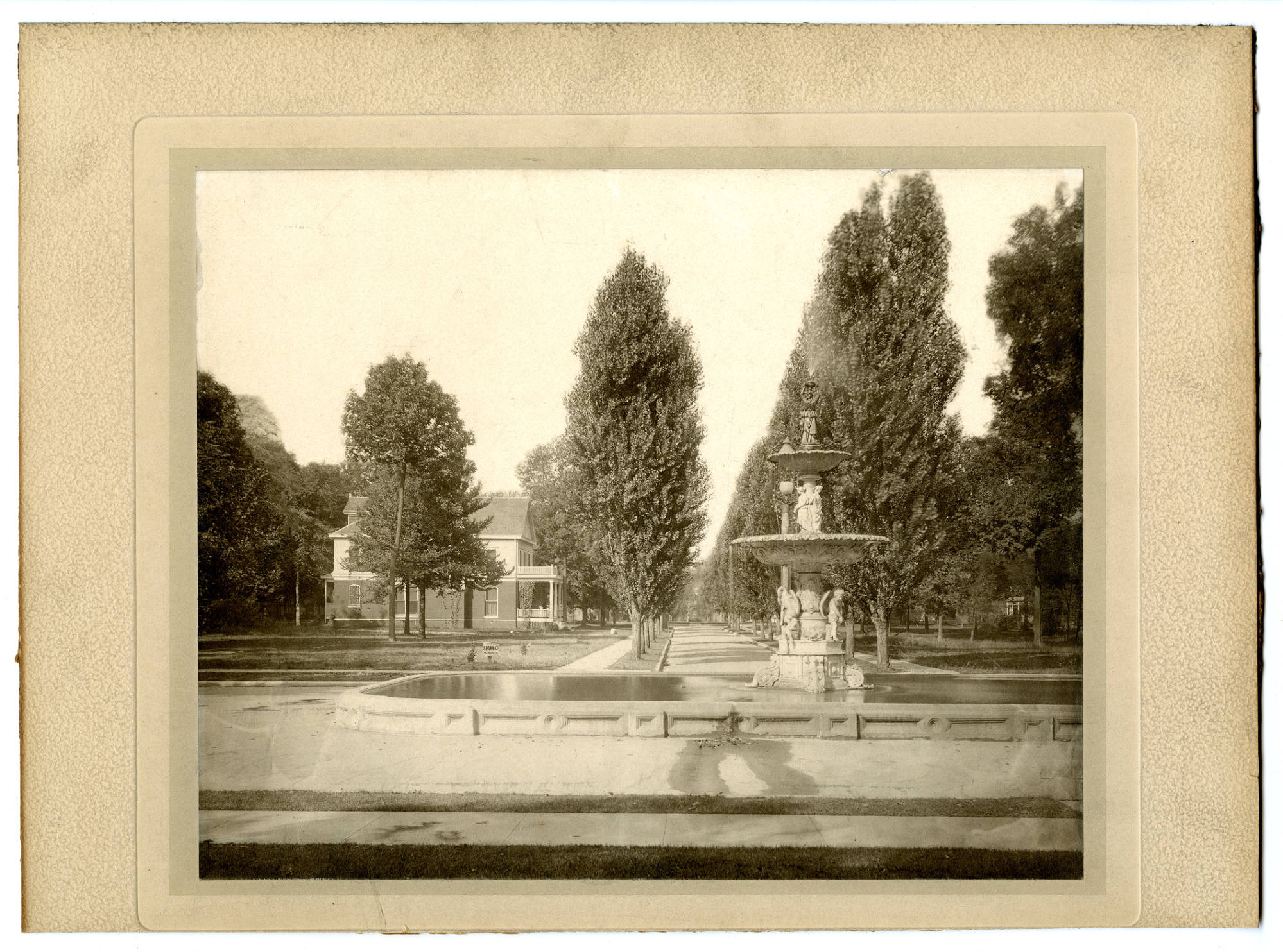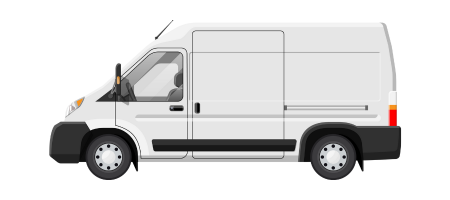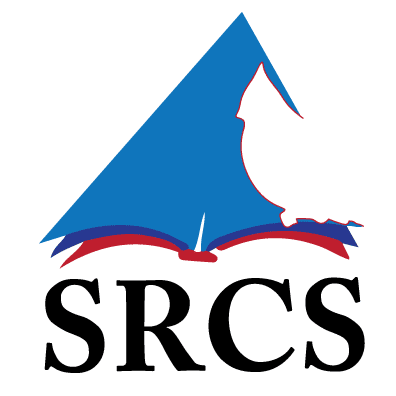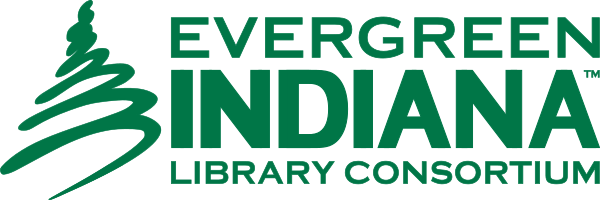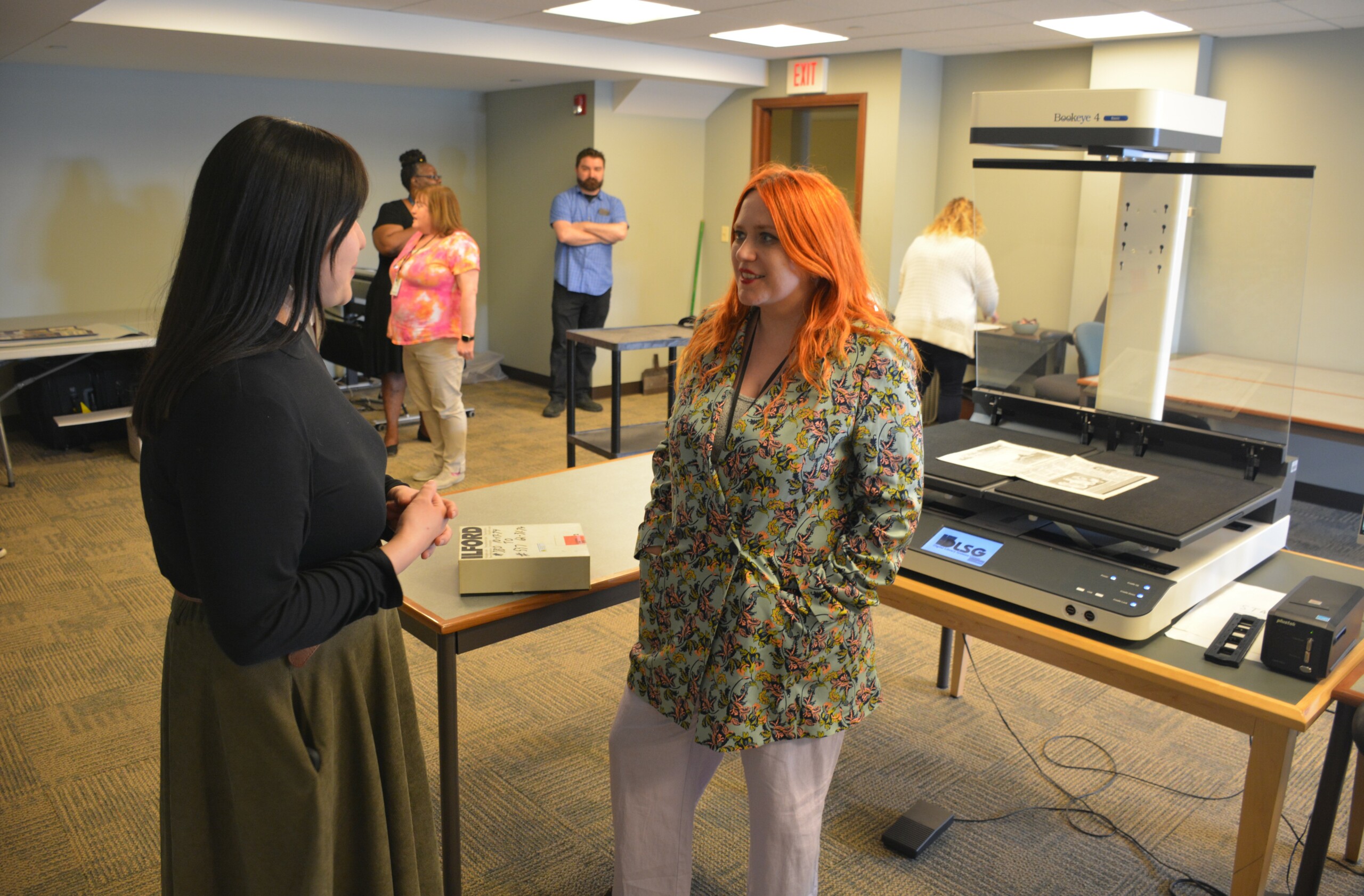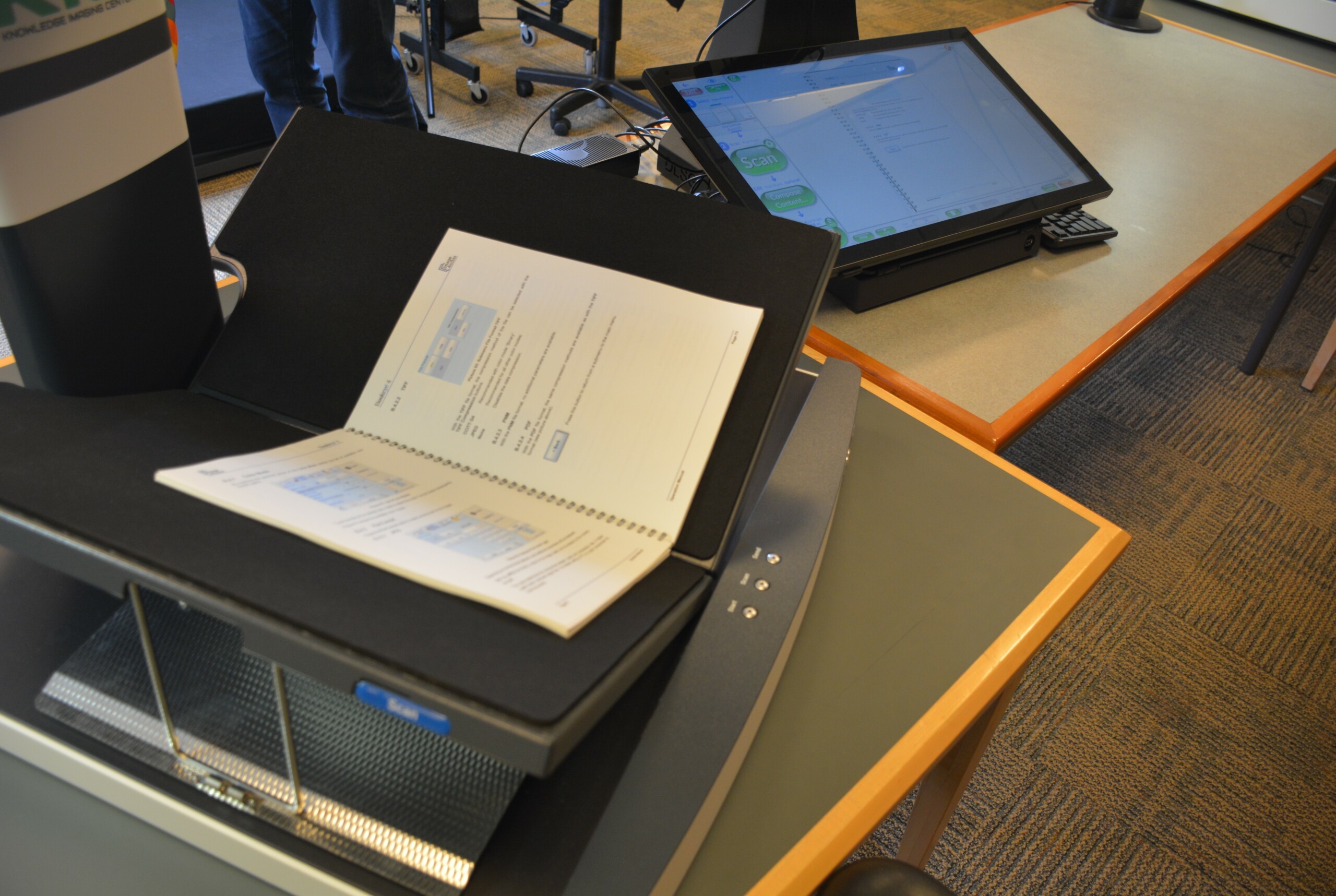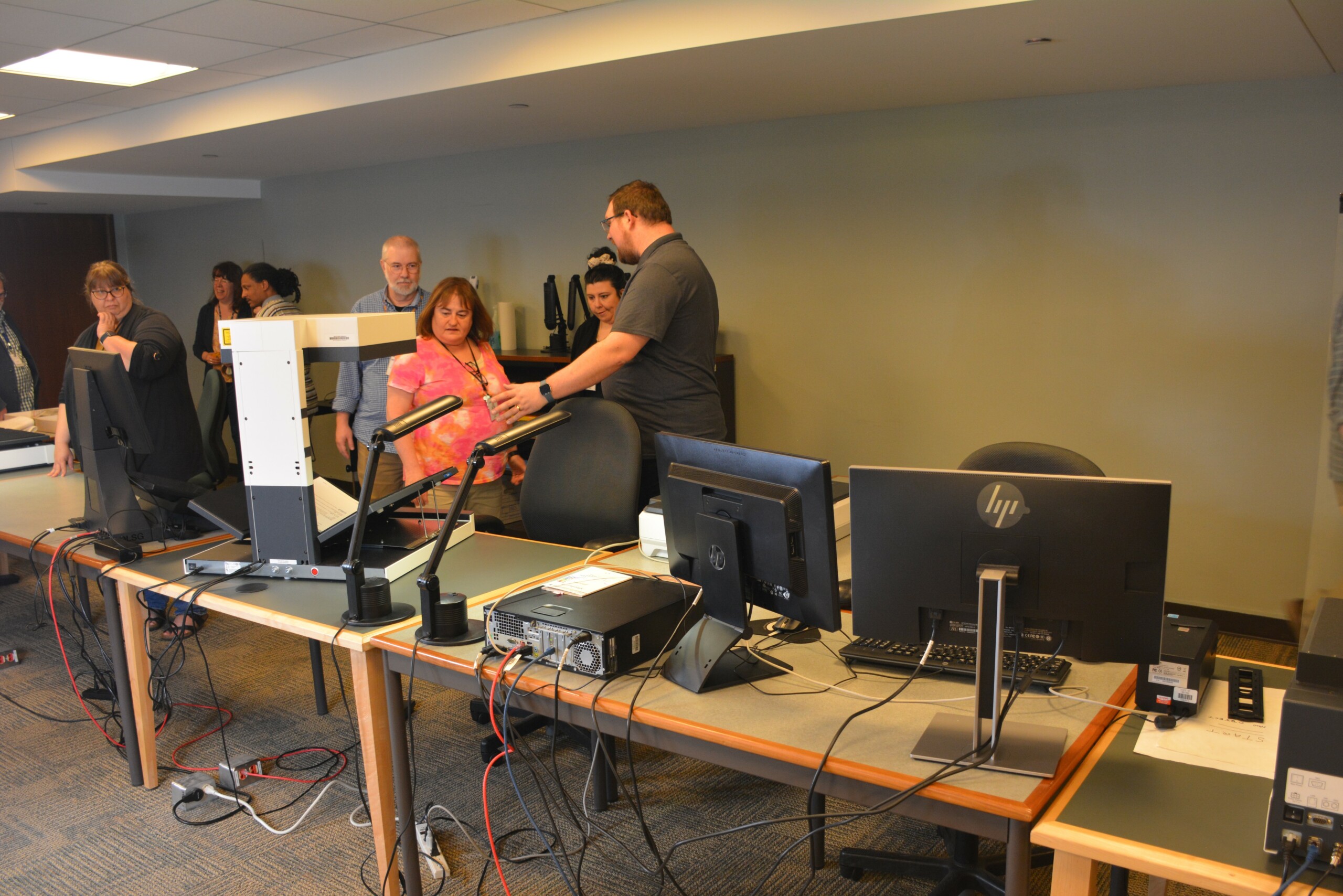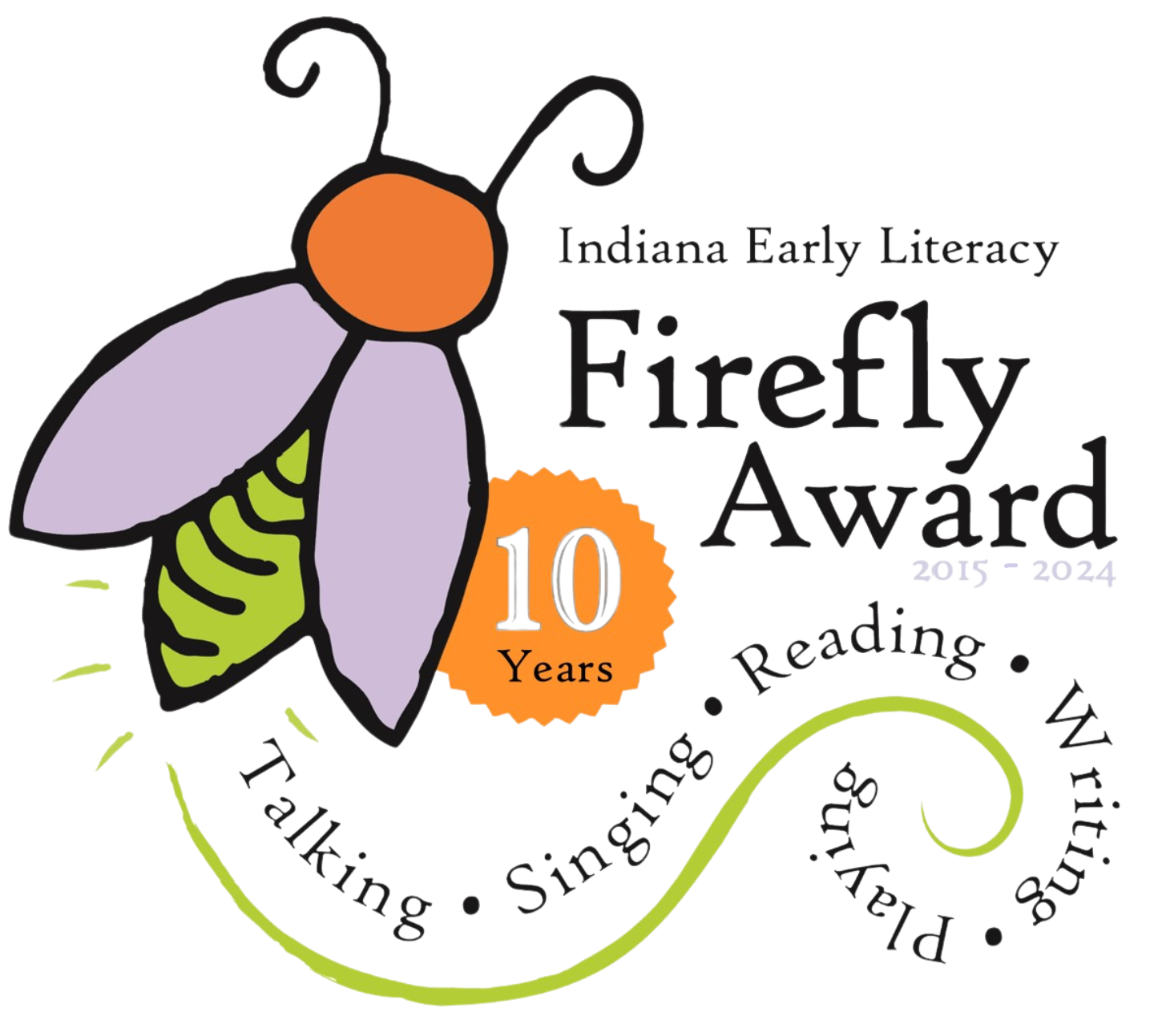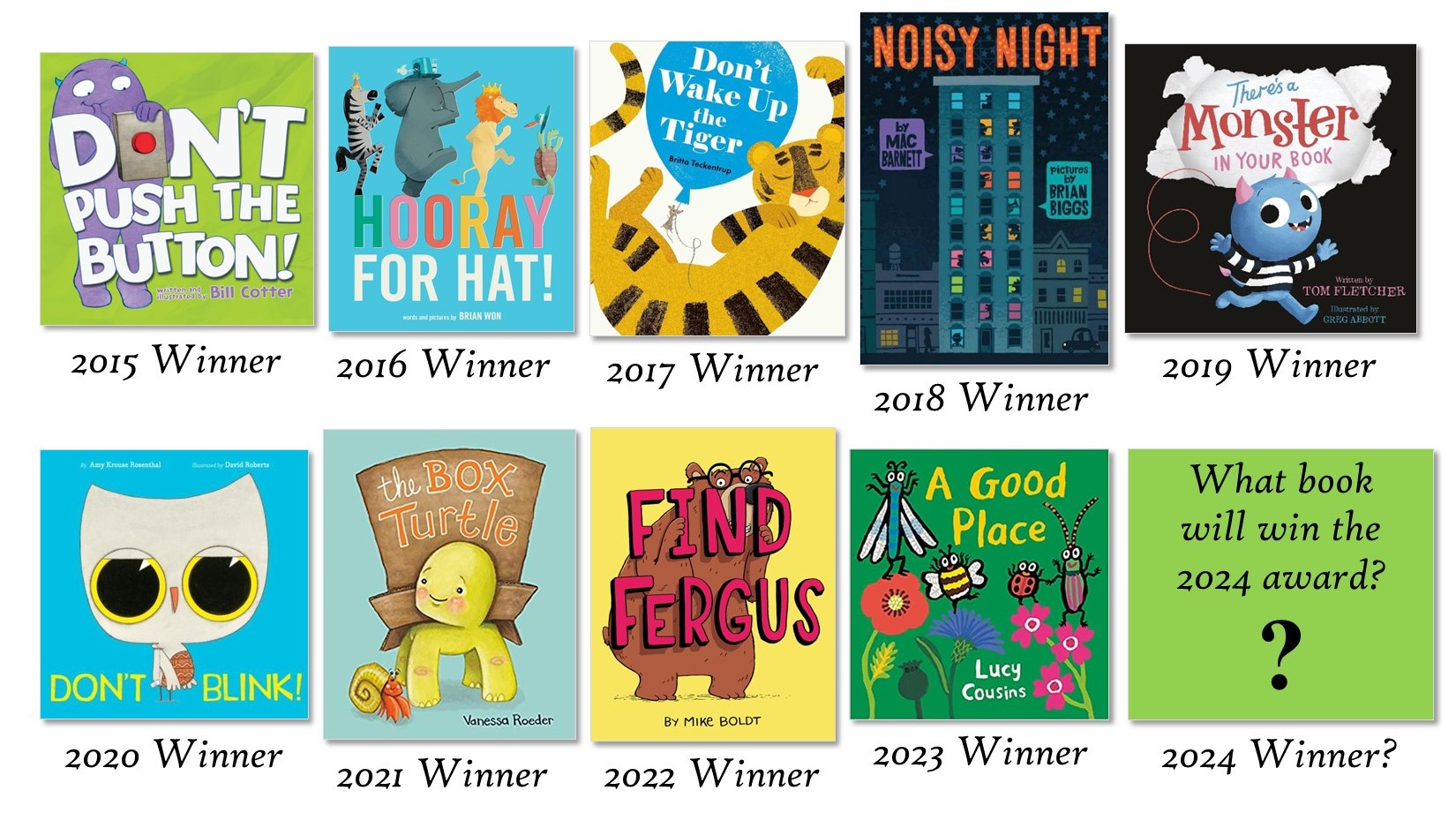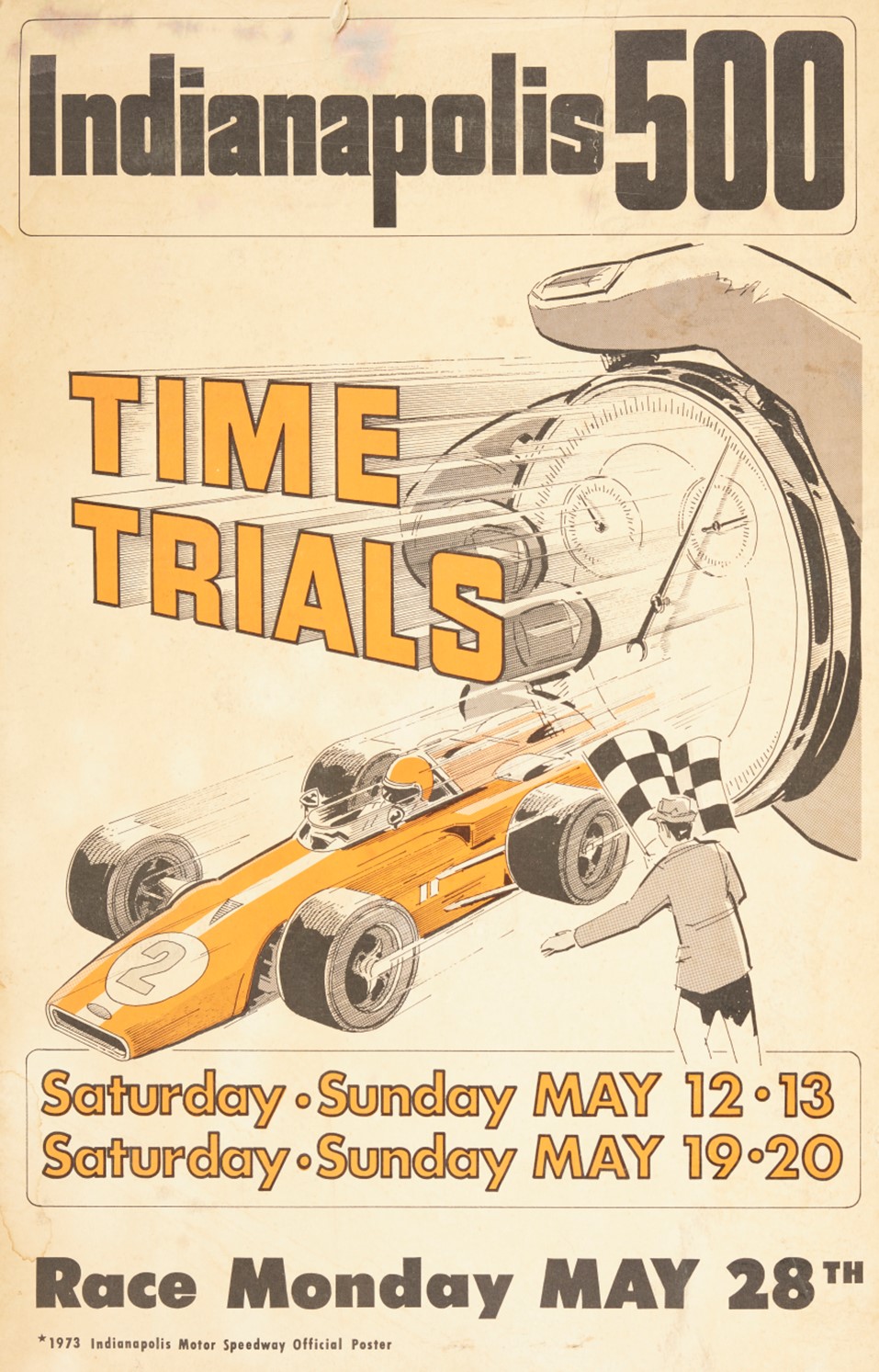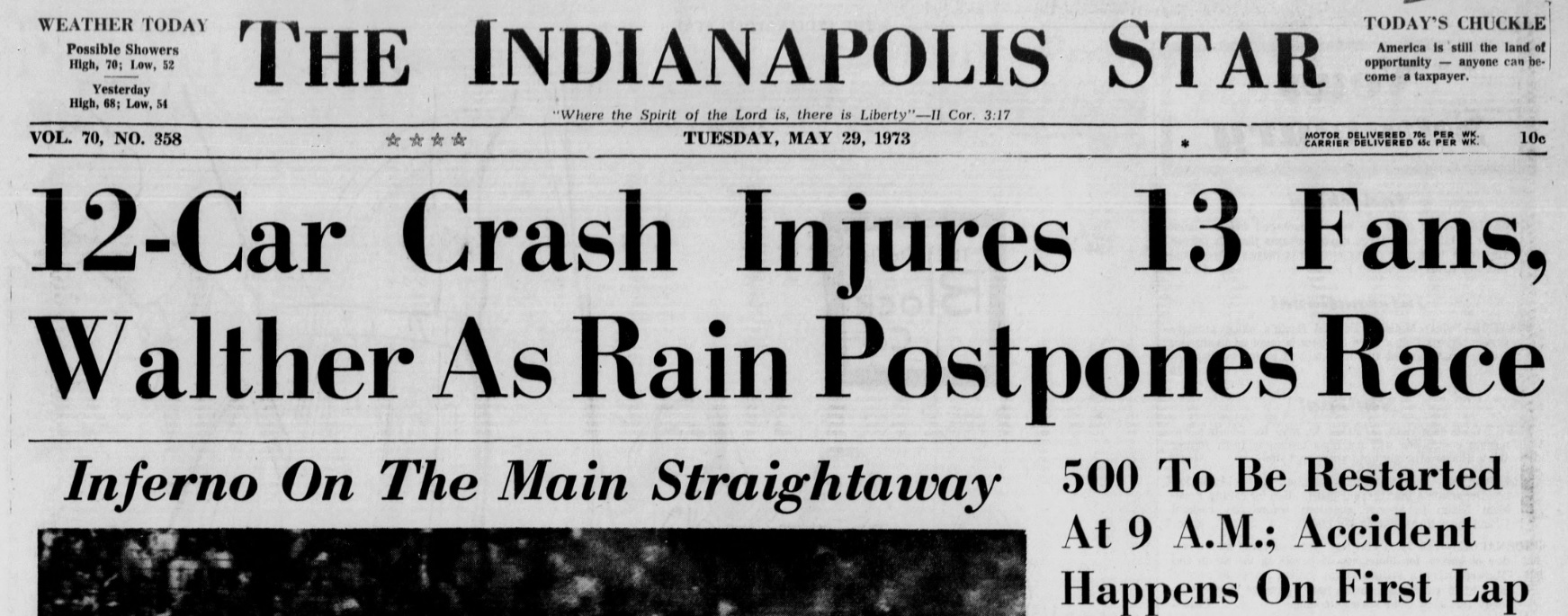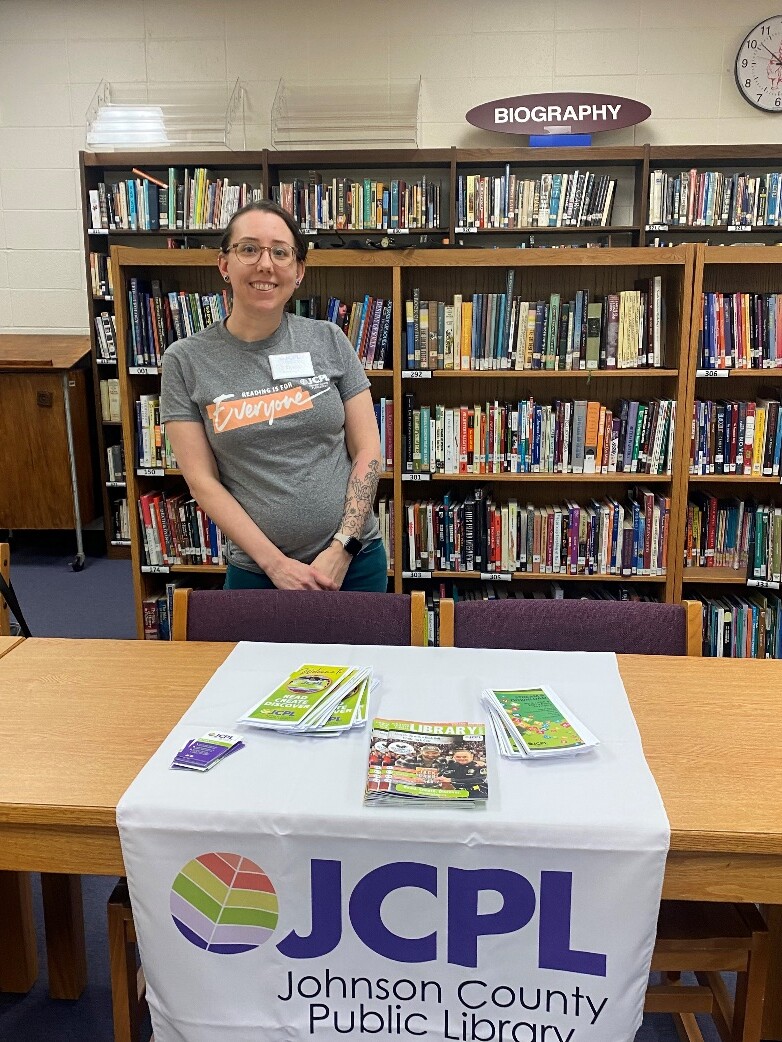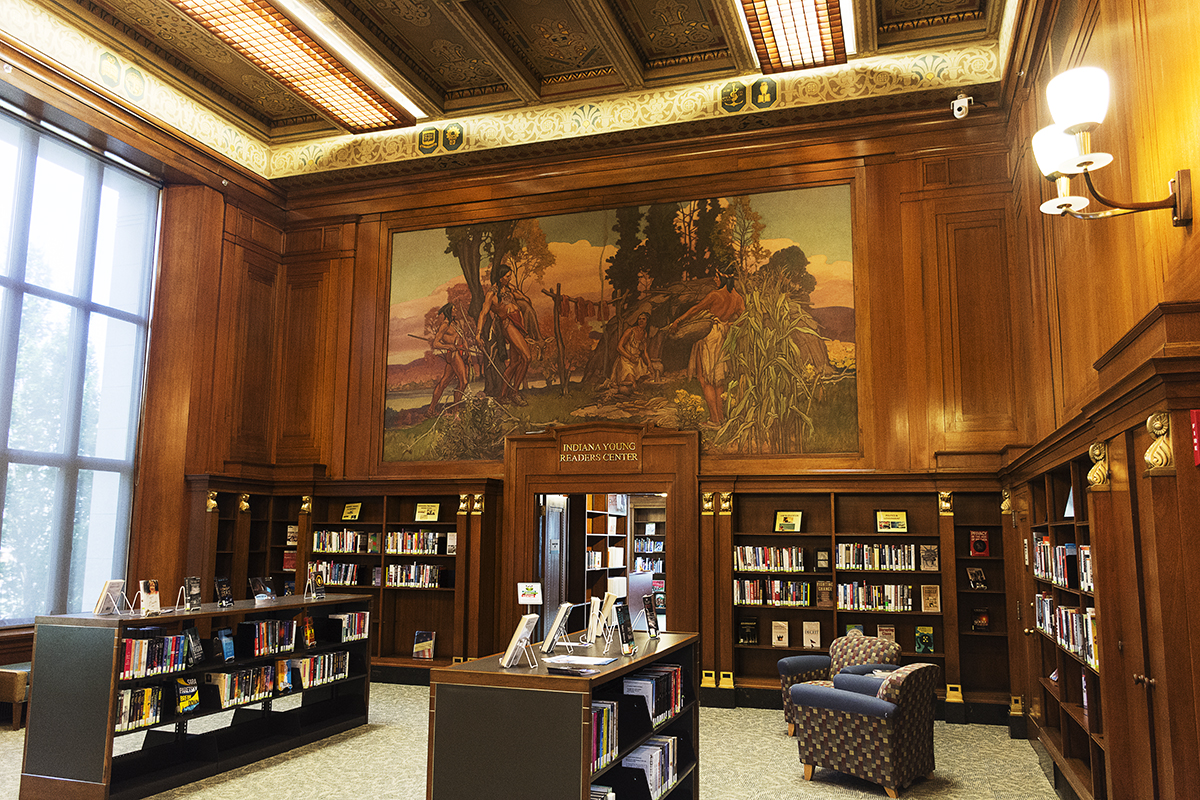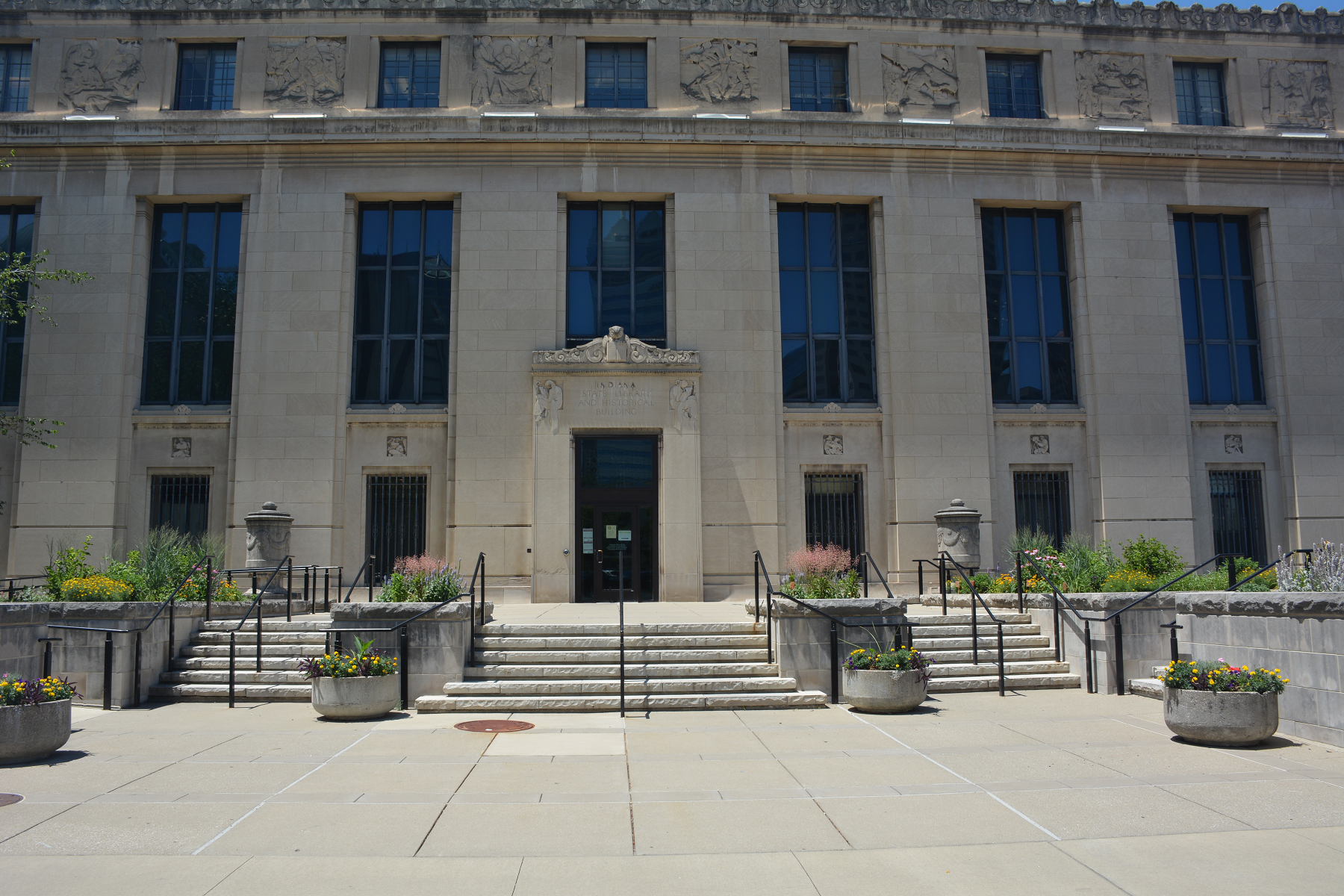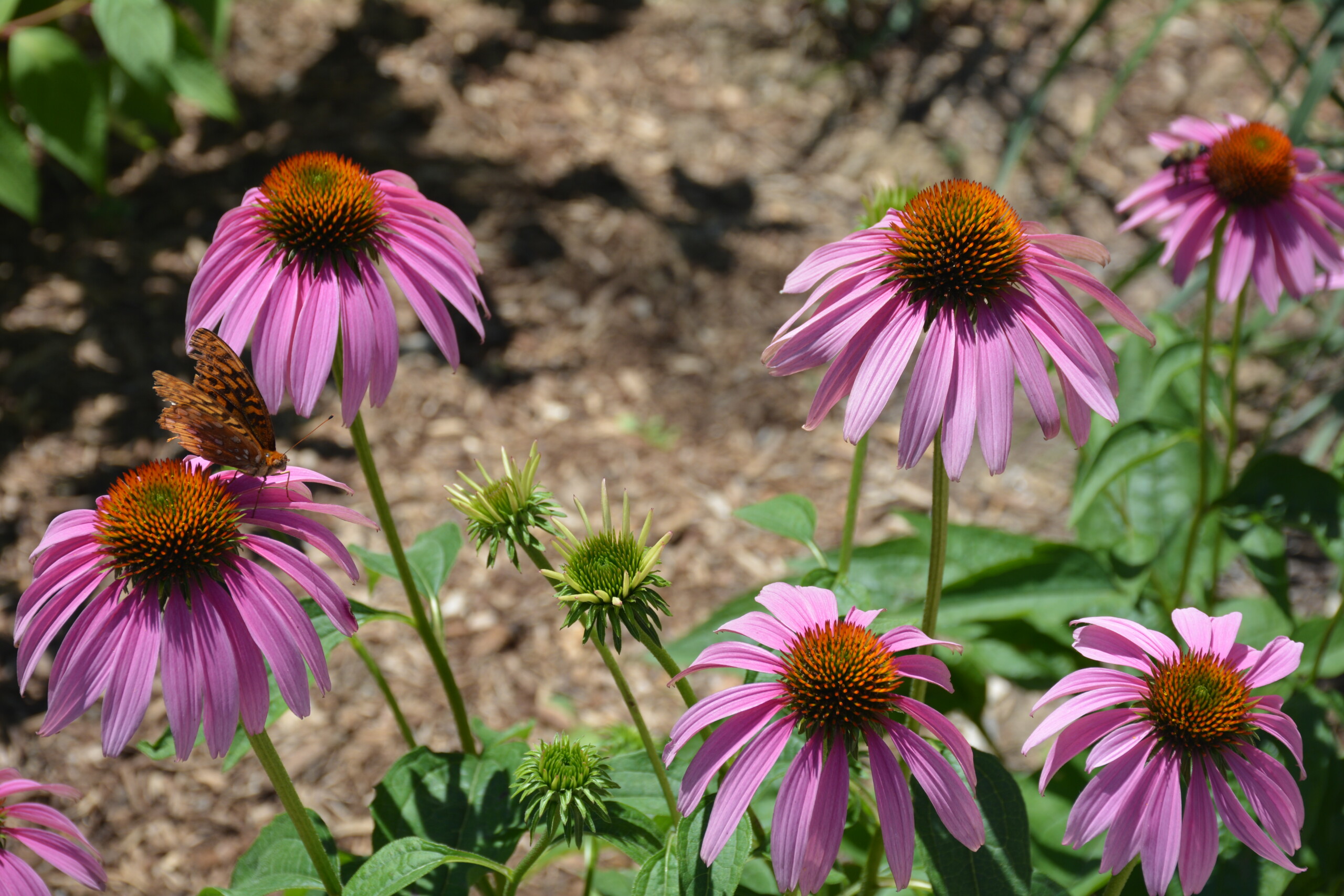The Professional Development Committee of the Indiana State Library has a mission to support all libraries – academic, public, special and school – and offers events for library workers at every level to learn, teach, share and to make connections with others in the library world of Indiana.
The theme of this year’s Difference is You Conference is “Grow Your Garden” and we hope you can develop and cultivate what you learn at this event and that you can expand upon this knowledge at your own library. Friday, Sept. 20 is the date of the conference and it will run from 9 a.m.-3:45 p.m. Eastern Time at the Indiana State Library, located at 315 W. Ohio St. in Indianapolis.
The Difference is You Conference is the only statewide conference designed especially for library support staff and non-MLS librarians, but all are welcome. Come get inspiration and motivation, as well as several ideas for programming. Consider registering your staff as a group as a team-building outing.
The cost is $30 per person, which includes a boxed lunch. There will be a variety of options, including meat and vegetarian. A total of five LEUs are available for the conference, if you take the Indiana State Library tour.
Click here to register before Friday, Aug. 9. Payment is due by Aug. 23. Your library will be invoiced. Full session descriptions and presenters biographies are found on the Difference is You Conference page.
Conference Schedule
Registration – 9-9:30 a.m. Great Hall desk.
Welcome – 9:30-9:45 a.m. Jacob Speer, Indiana State Librarian and announcement of DIY Award Winner.
Keynote – 9:45-10:45 a.m. “Artificial Intelligence in Libraries,” presented by Amanda Papandreou and Cassandra Jones-VanMieghem.
Session 1 – 11 a.m.-12 p.m.
- “Building Relationships with Local Officials and Organizations,” presented by Vanessa Martin and Julie Wendorf.
- “Communicating Across Generations,” presented by Amanda Stevenson-Holmes.
- “Teen Mental Health – Taking Action and Sharing Resources,” presented by Jason Murray.
Lunch and Indiana State Library Tour – 12:15-1:15 pm – Meet at the Great Hall desk.
Session 2 – 1:30-2:30 p.m.
- “Welcoming People with Disabilities to the Library,” presented by Jessica Minor.
- “Services from the Indiana State Library,” presented by Paula Newcom.
- “Teaching Technology to Your Community,” presented by Beth Gaff.
Session 3 – 2:45-3:45 p.m.
- “Immigrants in Indiana: Data, Needs and Resources,” presented by Bekah Joslin.
- “Emotional Intelligence,” presented by Amanda Stevenson-Holmes.
- “State Data Center and Grant Data,” presented by Katie Springer.
This is a program of the Indiana State Library’s Professional Development Committee. Committee members include: Paula Newcom and Kara Cleveland, co-chairs; David Eisen; George Bergstrom; Holley Nickell; Jenny Hughes; Jenny Kobiela-Mondor; Kimberly Brown; Lacey Klemm and Susie Highley. Special thanks to Courtney Brown.
Pro tips for attending conference:
- Make sure you dress in layers, as some rooms are warm and others cooler.
- Bring these items if needed – a water bottle, notebook and tote bag.
- Make sure to bring your parking voucher in with you so it can be validated at the registration desk.
Click here for a map to the parking areas.
We hope you can attend this year’s Difference is You Conference. It is a wonderful way to network with staff from libraries across the state and to be able to explore the beautiful historic Indiana State Library.
This post was written by Northeast regional coordinator Paula Newcom of the Indiana State Library Professional Development Office.





